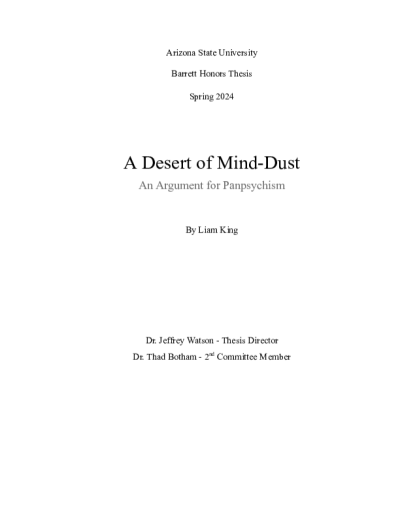Filtering by
- Creators: School of Life Sciences



Natural antibacterial clays, when hydrated and applied topically, kill human pathogens including antibiotic resistant strains proliferating worldwide. Only certain clays are bactericidal; those containing soluble reduced metals and expandable clay minerals that absorb cations, providing a capacity for extended metal release and production of toxic hydroxyl radicals. Here we show the critical antibacterial components are soluble Fe2+ and Al3+ that synergistically attack multiple cellular systems in pathogens normally growth-limited by Fe supply. This geochemical process is more effective than metal solutions alone and provides an alternative antibacterial strategy to traditional antibiotics. Advanced bioimaging methods and genetic show that Al3+ misfolds cell membrane proteins, while Fe2+ evokes membrane oxidation and enters the cytoplasm inflicting hydroxyl radical attack on intracellular proteins and DNA. The lethal reaction precipitates Fe3+-oxides as biomolecular damage proceeds. Discovery of this bactericidal mechanism demonstrated by natural clays should guide designs of new mineral-based antibacterial agents.

RseA sequesters RpoE (σE) to the inner membrane of Escherichia coli when envelope stress is low. Elevated envelope stress triggers RseA cleavage by the sequential action of two membrane proteases, DegS and RseP, releasing σE to activate an envelope stress reducing pathway. Revertants of a ΔdegP ΔbamB strain, which fails to grow at 37°C due to high envelope stress, harbored mutations in the rseA and rpoE genes. Null and missense rseA mutations constitutively hyper-activated the σE regulon and significantly reduced the major outer membrane protein (OMP) levels. In contrast, a novel rpoE allele, rpoE3, resulting from the partial duplication of the rpoE gene, increased σE levels greater than that seen in the rseA mutant background but did not reduce OMP levels. A σE-dependent RybB::LacZ construct showed only a weak activation of the σE pathway by rpoE3. Despite this, rpoE3 fully reversed the growth and envelope vesiculation phenotypes of ΔdegP. Interestingly, rpoE3 also brought down the modestly activated Cpx envelope stress pathway in the ΔdegP strain to the wild type level, showing the complementary nature of the σE and Cpx pathways. Through employing a labile mutant periplasmic protein, AcrA[subscript L222Q], it was determined that the rpoE3 mutation overcomes the ΔdegP phenotypes, in part, by activating a σE-dependent proteolytic pathway. Our data suggest that a reduction in the OMP levels is not intrinsic to the σE-mediated mechanism of lowering envelope stress. They also suggest that under extreme envelope stress, a tight homeostasis loop between RseA and σE may partly be responsible for cell death, and this loop can be broken by mutations that either lower RseA activity or increase σE levels.

Panpsychism is the view that consciousness is an intrinsic state of the world. While early forms were advanced by Spinoza and Russell, only recently has panpsychism gained widespread academic consideration. In this paper, I will argue for panpsychism, based on a similarity of the nature of our consciousness with the nature of the parts of our consciousness. This argument will be motivated by an anti-strong emergentist viewpoint, while allowing for complex consciousness to arise from a form of weak emergence between fundamental parts. Ultimately, this argument demonstrates that an identity theorist would collapse to panpsychism or strong emergentism, the former being preferred. From this, I argue that panpsychists can gain some intuitive benefits of dualism and materialism, without inheriting their issues. This positions the panpsychist well to respond to issues like Jackson’s (1982) Mary-argument. I will then discuss possible objections to panpsychism, focusing primarily on the combination problem. I conclude that the co-consciousness strategy is the optimal solution to this problem and can account for the inverse issue of the decombination problem that cosmopsychism faces. Overall, panpsychism’s explanatory power and compatibility with other disciplines makes it a favorable theory within the philosophy of mind.